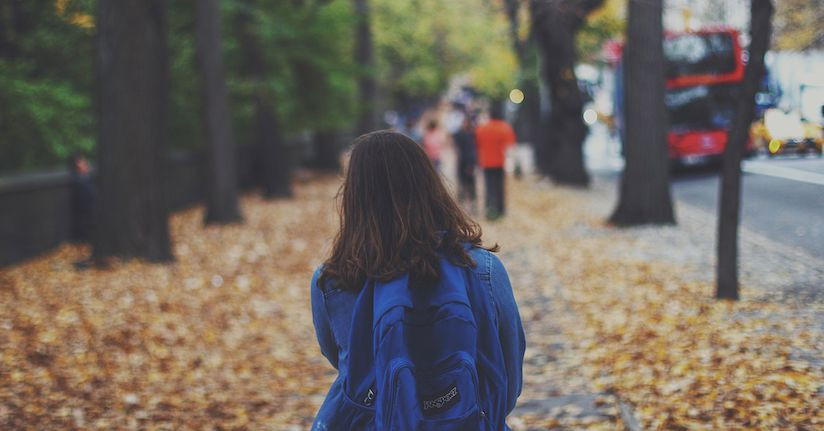Back to School, Back to Migraine
Going back to school can mean children’s migraine attacks increase in frequency. This is not because kids use headaches and stomachaches as excuses to get out of class, but because children experience more frequent migraine attacks during the school year—particularly on Monday and Tuesday—than on school breaks.
Don't Blame Stress
While it might seem like stress is the reason for an increase in children’s migraine attacks during the school year, physical changes associated with school are actually the culprit, according to neurologist Andrew Hershey, M.D. of Cincinnati Children’s Hospital. “Schools aren’t as well organized for the lifestyle of kids as they should be. The CDC actually 15 years ago reported our schools start too early. They updated a year ago and said we still started kids too early in school. That leads to sleep deprivation, so not getting enough sleep leads to migraines. Skipping meals, a lot of kids that are rushed in the morning will skip breakfast,” Dr. Hershey said.
What Children’s’ Migraine Attacks Are Like
Because children can have different migraine symptoms than adults, even parents with migraine can’t always tell their child’s symptoms are due to migraine.
Children may have migraine attacks with no head pain at all, but with stomach pain and/or nausea. They may also have vomiting, but not necessarily. If a child does have head pain with a migraine attack, they will often have pain throughout the head, not just on one side or localized in one area. Although most adults characterize their migraine pain as throbbing, fewer than half of children do.
It’s common for a child’s migraine attacks to last only two or three hours. Symptoms can come on abruptly and stop suddenly. These factors contribute to a misperception that children with migraine symptoms are just trying to skip school.
The frequency, severity, and duration of a child’s migraine attacks tend to increase as the child ages. Teenagers’ migraine attacks usually share similar characteristics as adults’ attacks.
Avoiding Migraine Attacks
Keeping to a regular routine is a key component of preventing migraine attacks. You can do this by making sure your child:
- Gets enough sleep
- Keeps a consistent sleep schedule (even on weekends)
- Eats meals at regular times throughout the day (and has healthful snacks if their schedule requires it)
- Always eats breakfast
- Drinks adequate amounts of water throughout the day
- Limits caffeine
- Exercises daily
Treatment
Axert (almotriptan) and Maxalt (rizatriptan) are two migraine-specific medications that have FDA approval for use as migraine abortives in children and teenagers. Over-the-counter painkillers like Excedrin Migraine (aspirin/acetaminophen/caffeine), Advil (ibuprofen), and Tylenol (acetaminophen) may also be helpful. Be aware that taking any acute medication more than a couple days a week could cause a child to develop medication overuse headache, which increases migraine frequency.
If your child is having frequent migraine attacks, a preventive medication (which prevents migraine attacks from happening in the first place) is a better bet than using acute treatments often. Commonly used preventives for children include amitriptyline, cyproheptadine, and propranolol.
REFERENCES
Kacperski, J., & Hershey, A. D. (2014). Preventive Drugs in Childhood and Adolescent Migraine. Current pain and headache reports, 18(6), 1-8.
Singhi, S., Jacobs, H., & Gladstein, J. (2014). Pediatric Headache: Where Have We Been and Where Do We Need to Be. Headache: The Journal of Head and Face Pain, 54(5), 817-829.
Winner P. Migraine and Headache Management in Adolescents and Young Adults. Talk presented at: Annual American Headache and Migraine Patient Conference; November 24, 2013; Scottsdale, Arizona.
TheraSpecs Glasses for Light Management
Try our light-filtering glasses and stay protected against harsh light from screens, fluorescents, LEDs, unwanted blue light, bright sunlight, flashing lights, and more.





